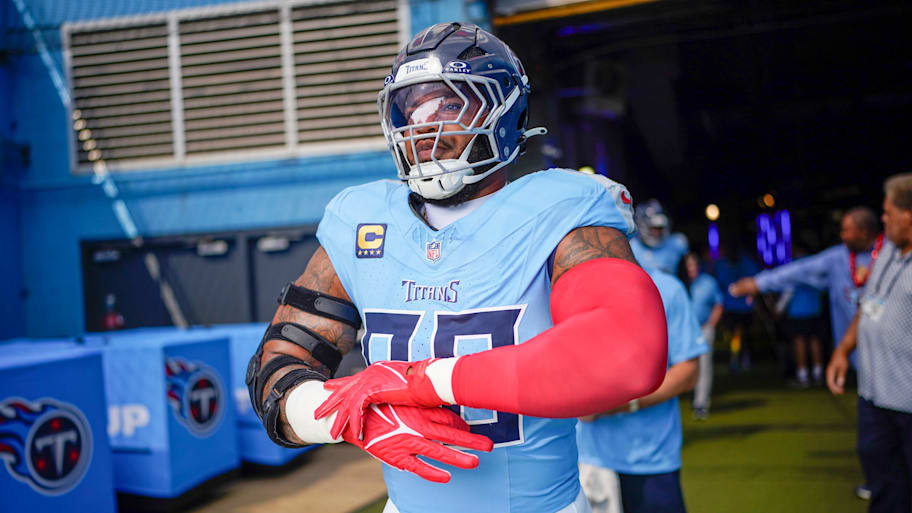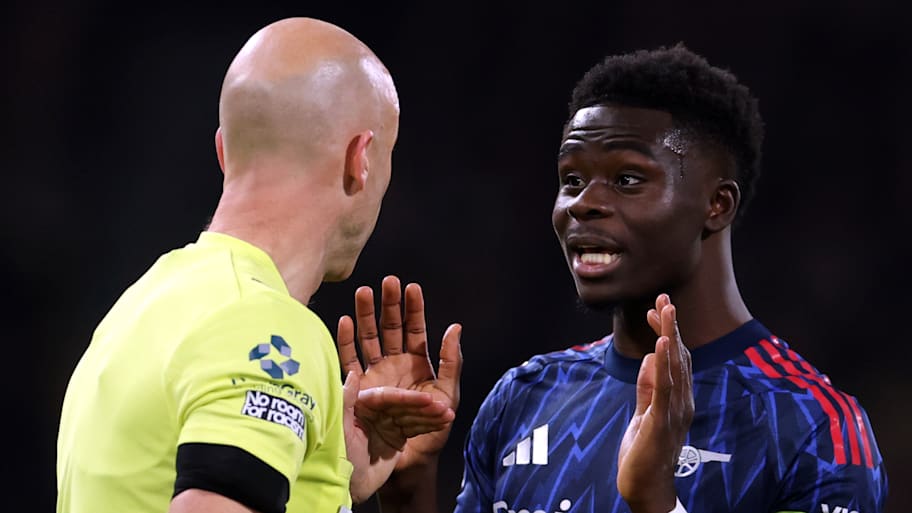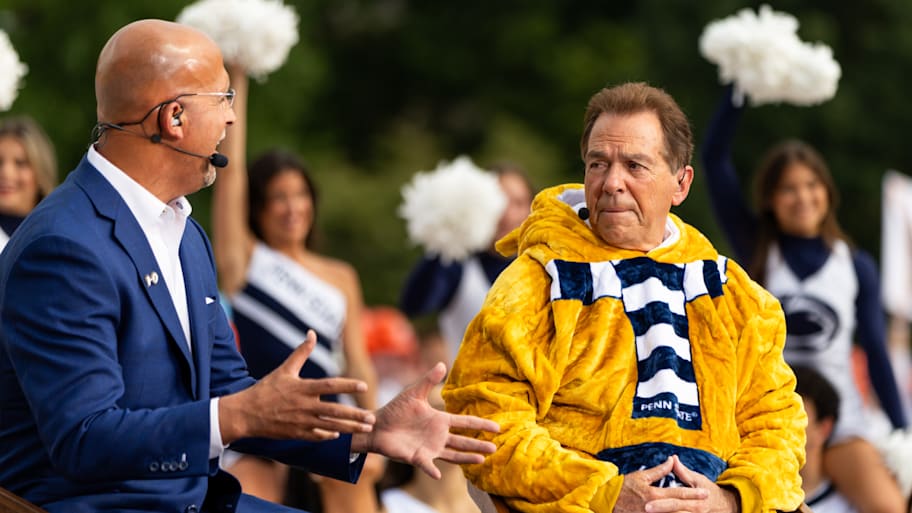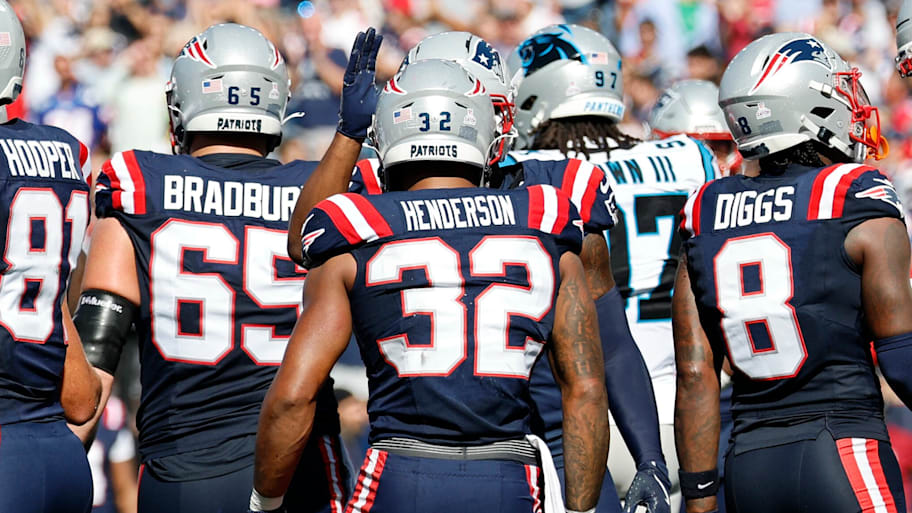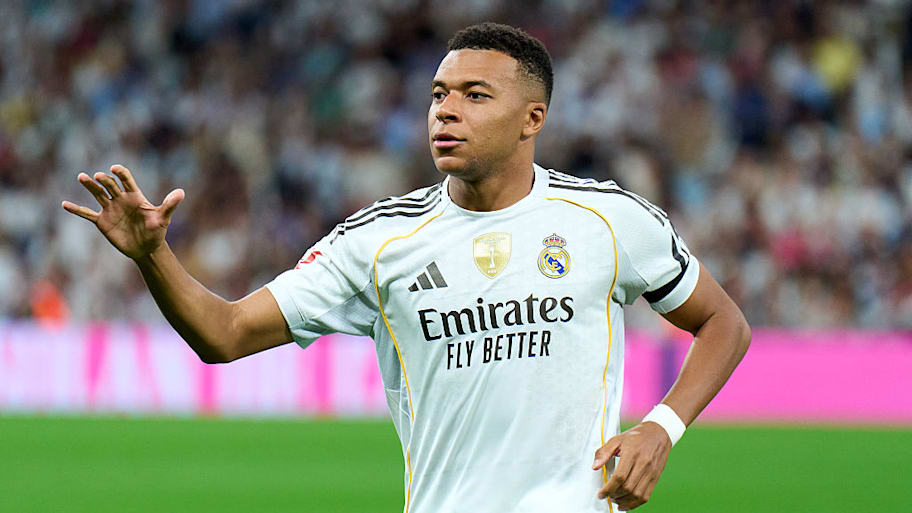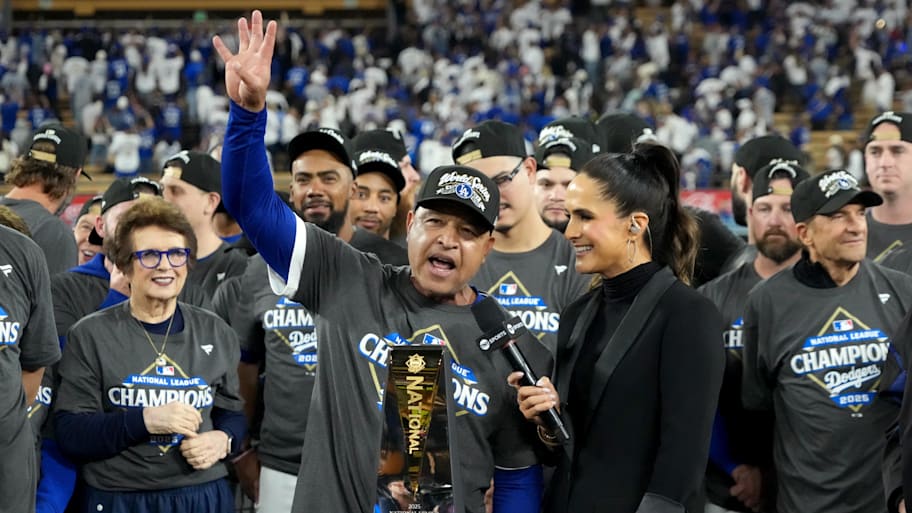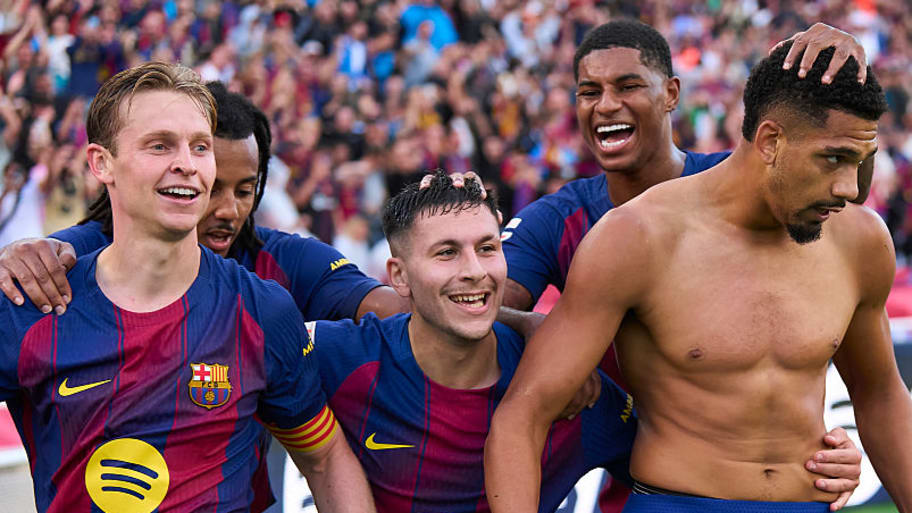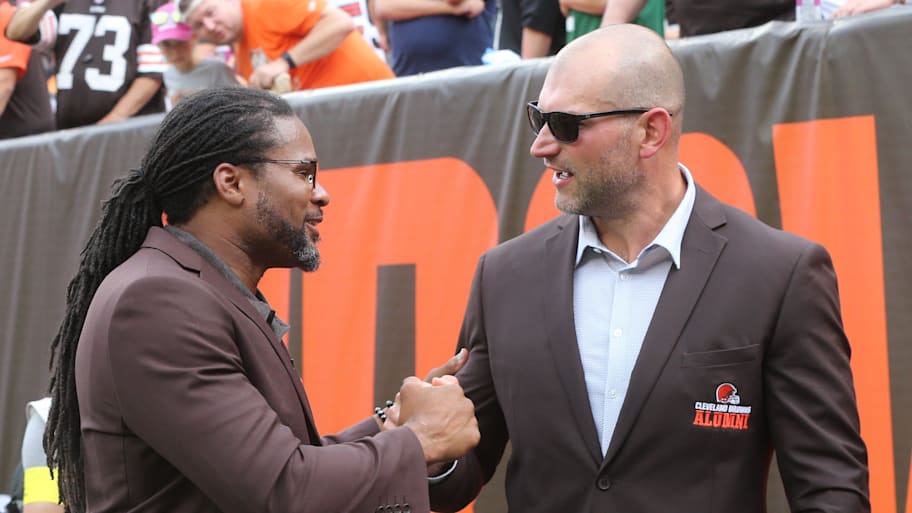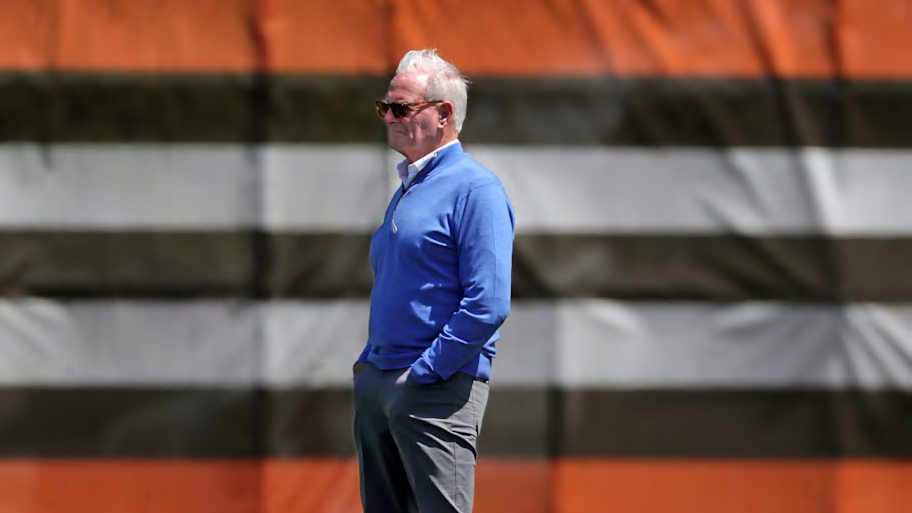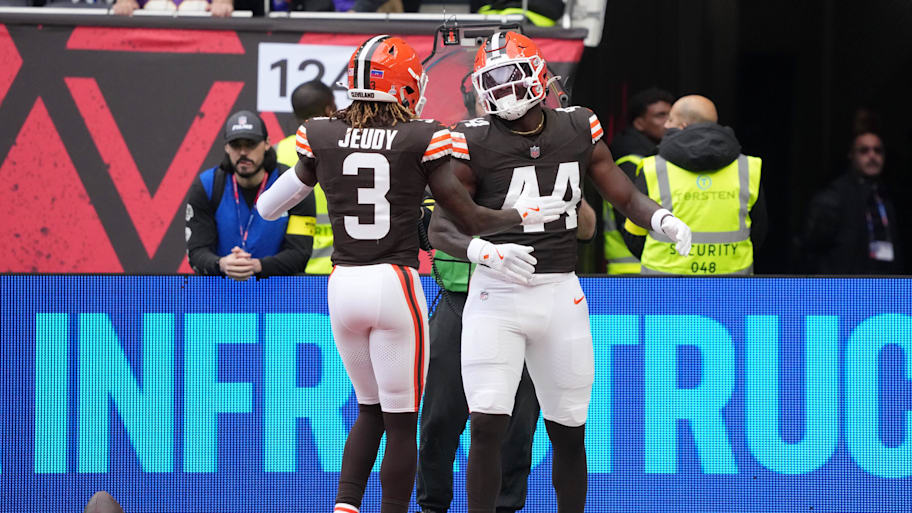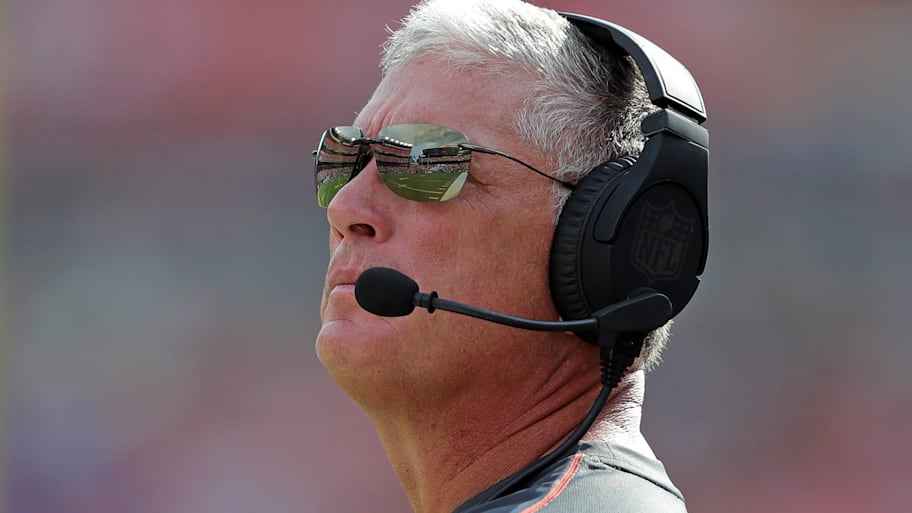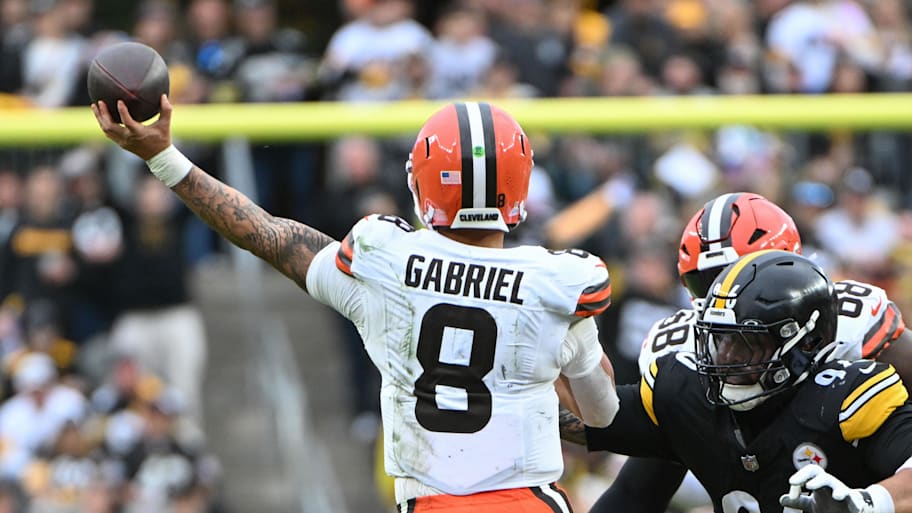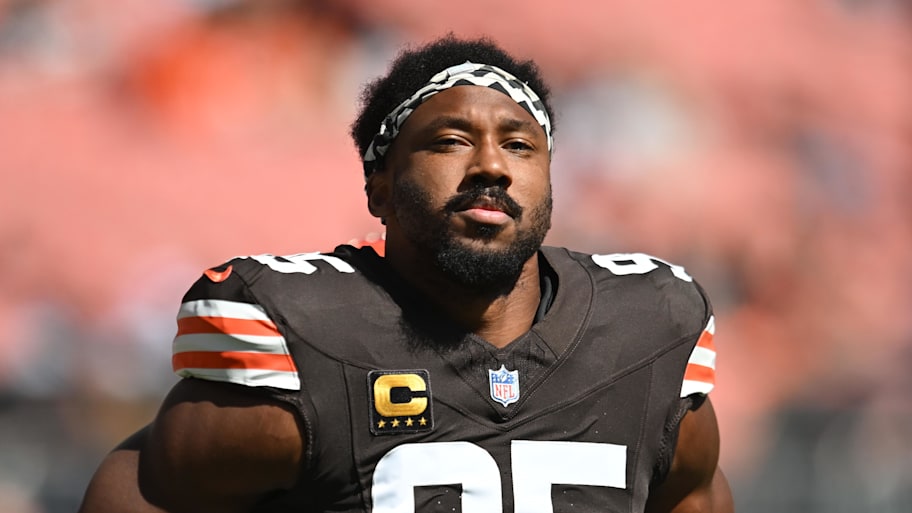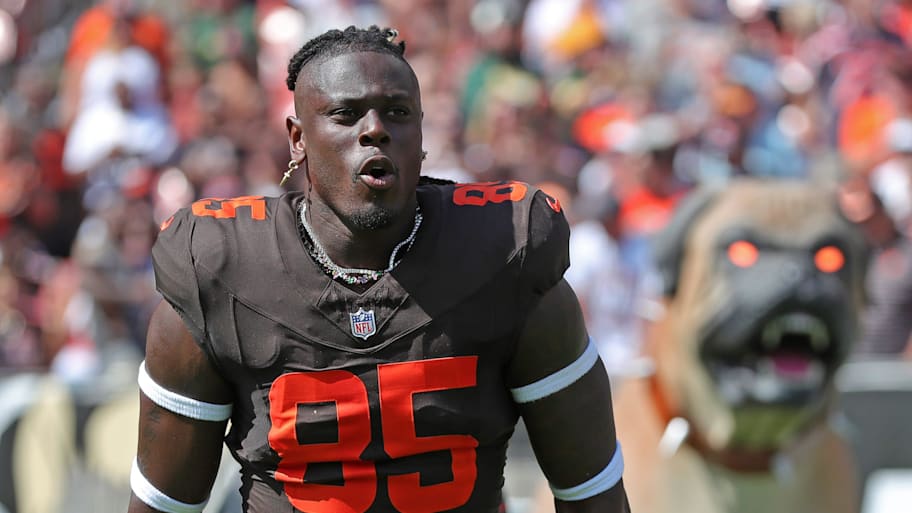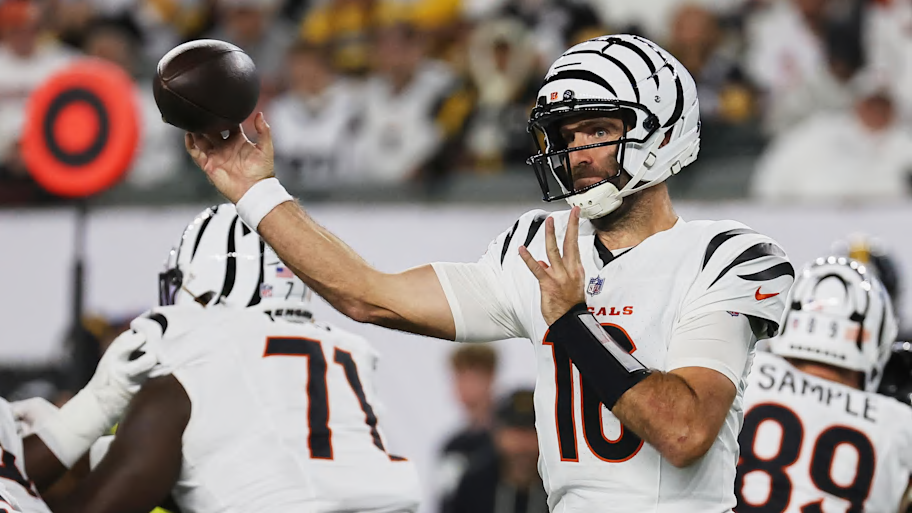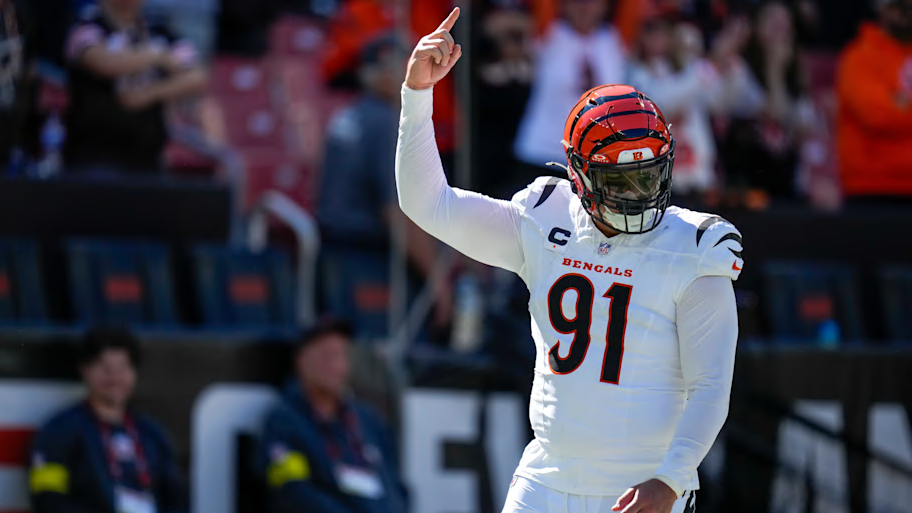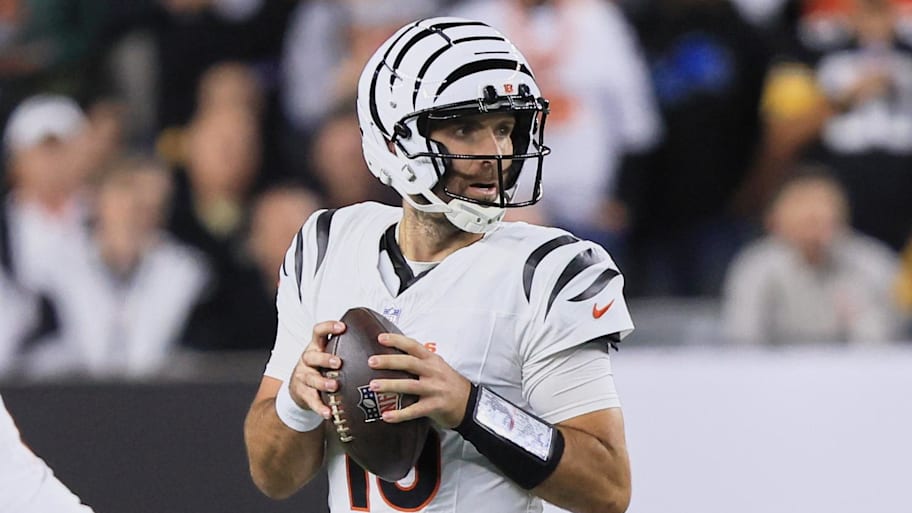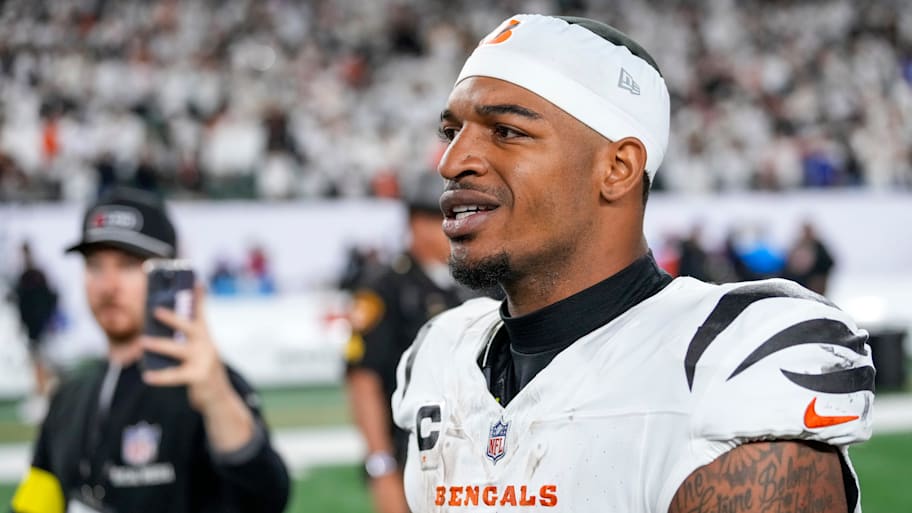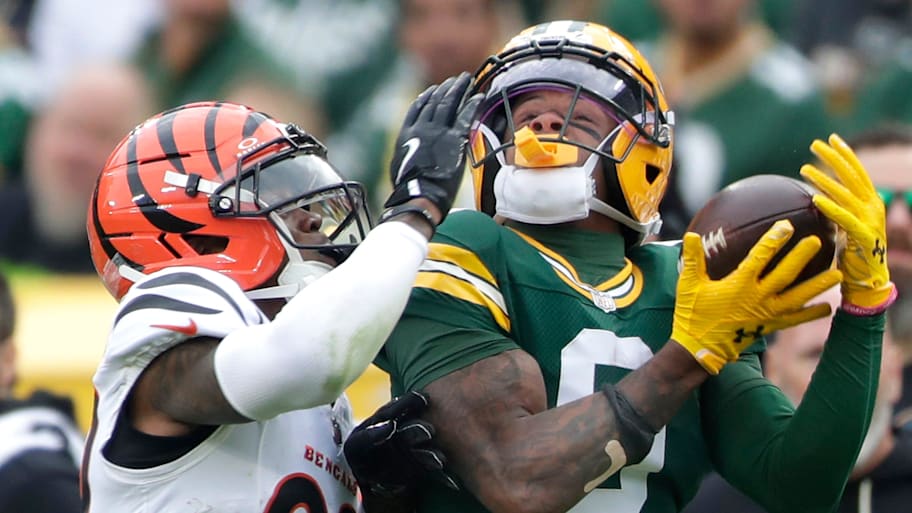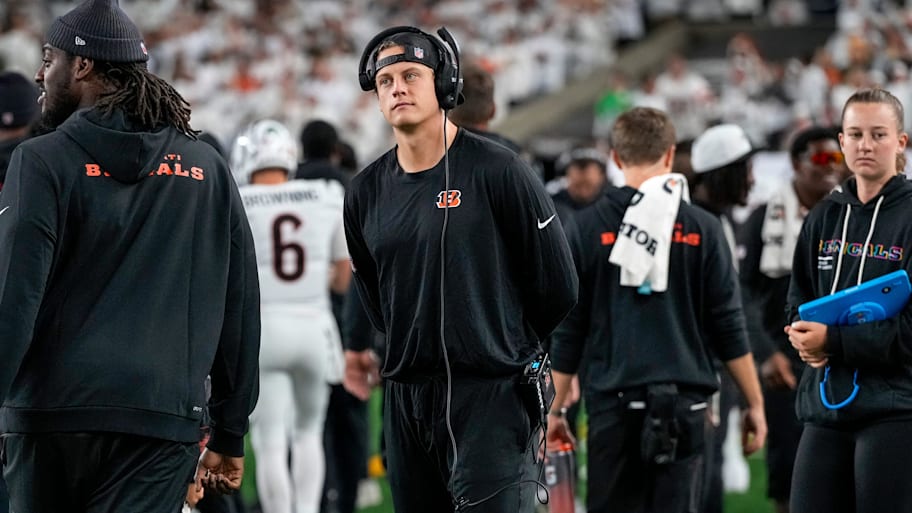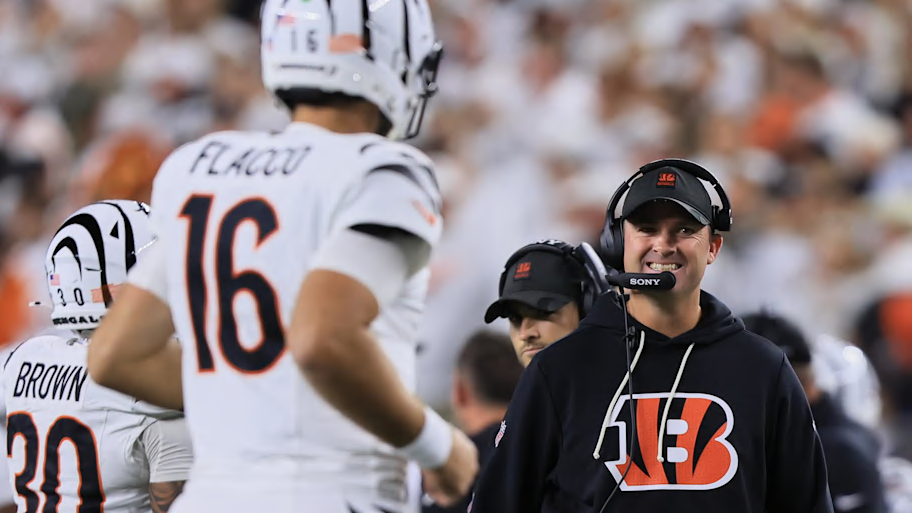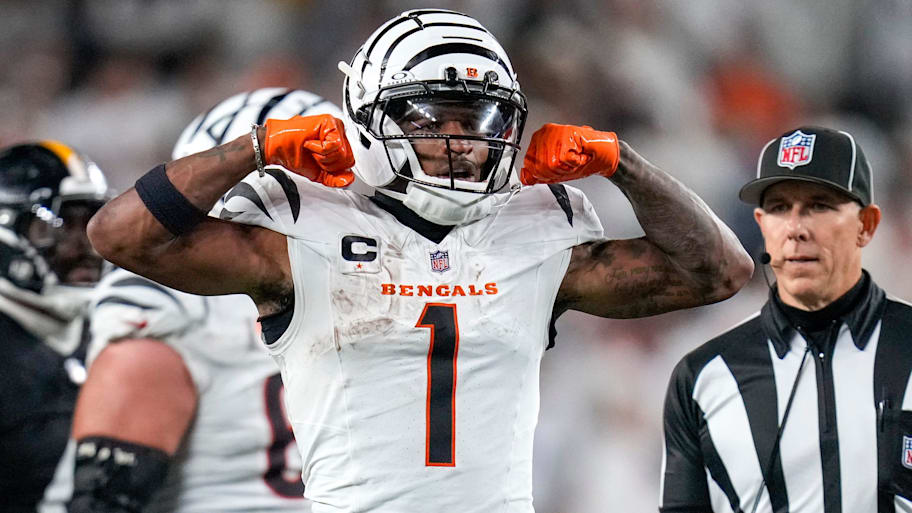NEW ORLEANS (NEXSTAR) — The NFL recorded the lowest number of concussions this season since the league began tracking them. However, concussion expert Chris Nowinski, co-founder of the Concussion Legacy Foundation, cautions that the fight against brain injuries in football has a long road ahead.
“I was actually very happy to see the NFL had the fewest concussions ever recorded,” Nowinski said. “In the early days, it was a battle with the league to take concussions seriously and implement protocols. But now, the NFL’s medical team and the Players Association have been pushing for change, and we’re finally seeing progress.”
Despite the progress, Nowinski warns the issue of brain injuries in football is far from resolved. He emphasizes that while concussions are down, many still go unreported, and the risk of chronic traumatic encephalopathy (CTE) remains a concern.
“The narrative that everything is okay now is not true,” he emphasized. “Concussions are down, but there are still a lot of them, and many go unreported. While fewer concussions might reduce the risk of CTE, it won’t change long-term outcomes for NFL players if they’ve already endured years of repeated head impacts before reaching the league.”
The next steps for safer football
Nowinski believes that further reforms are needed at the youth and collegiate levels, where safety measures lag behind the NFL. He argues that delaying tackle football until at least age 14 and minimizing full-contact practice sessions could significantly reduce long-term brain damage in athletes.
“CTE is essentially a math problem—it’s about the number of hits and the strength of those hits,” he explained. “The fewer impacts a player sustains, the lower their risk. Youth football should transition from tackle to flag at an earlier age, and colleges need to follow Dartmouth’s example by eliminating full-contact practices.”
While the NFL Players Association has successfully pushed for reduced contact in professional practices, Nowinski says college football remains a “dangerous place” due to the absence of a players’ union advocating for safety reforms.
Advancing CTE research and awareness
Nowinski also highlighted ongoing research efforts to diagnose and treat CTE. The Concussion Legacy Foundation is recruiting former athletes to participate in studies that aim to improve early detection of brain injuries.
“If you’re a former athlete concerned about brain health, visit PledgeMyBrain.org to join our research registry,” he urged. “You don’t have to pledge your brain, but signing up can help us advance diagnostic tools and treatments.”
Additionally, Nowinski is advocating for an update to concussion protocols based on a recent Harvard study. The research identified an overlooked concussion indicator: a spontaneous head shake following a high-impact event.
“You see it in movies, cartoons—players shake their heads to clear their vision or reorient themselves,” he said. “We found that in 72% of cases, athletes who did this were experiencing concussion symptoms. This needs to be added to every protocol so those players are properly evaluated.”
As football continues to evolve, Nowinski remains committed to ensuring that safety improvements reach all levels of the sport.
“The progress is real, but there’s still a long way to go,” he concluded.
All facts from this article were gathered by Nexstar journalists. This article was converted into this format with assistance from artificial intelligence. It has been edited and approved by Nexstar staff.




